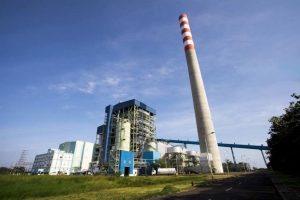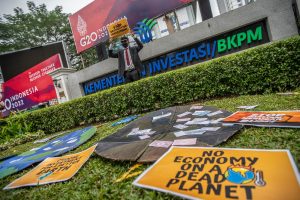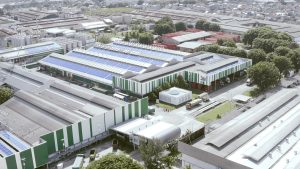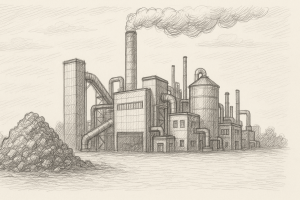Jakarta – The Southeast Asia Energy Transition Collaborative Network (SETC) has called on ASEAN leaders not to stop at mere declarations and frameworks regarding energy transition. In a written statement on Monday, October 27, SETC said the need for concrete follow-up on the commitments agreed upon at the 43rd ASEAN Ministerial Meeting on Energy (AMEM) to be brought to the table for discussion at the 2025 ASEAN Summit.
“Connectivity must be translated into competitiveness. We want to ensure that the results of AMEM truly become real investments that create jobs and strengthen the region’s energy independence,” said Marlistya Citraningrum, Acting Head of the SETC Secretariat.
According to SETC, ASEAN has taken important steps through the achievements of AMEM, including the updating of the ASEAN Power Grid (APG) Memorandum of Understanding, the launch of the APG Financing Initiative in collaboration with the ADB and the World Bank, and the development of an undersea power cable framework to strengthen cross-border energy connectivity. However, they consider these steps to be merely a foundation.
SETC welcomes the target of 45% renewable energy capacity and a 40% reduction in energy intensity by 2030 in the revised APAEC 2026–2030. However, they emphasise that the biggest challenge for Southeast Asia is not a lack of ambition, but rather weak execution and policies that are not fully committed to accelerating decarbonisation.
In a regional dialogue entitled “Realizing the ASEAN 2045 Vision: From Vision to Implementation Through the Southeast Asia Energy Transformation Initiative (SEA-ETI) Agenda,” held in Kuala Lumpur, Malaysia, on September 17-18, 2025, SETC proposed five priority steps for SEA-ETI to become a key agenda item at the 2025 ASEAN Summit.
The five steps are: launching the ASEAN Green Investment Platform in 2026; establishing an ASEAN Just Energy Transition Partnership based on JETP experience; accelerating cross-border electricity grid integration and renewable energy trade; developing clean energy-based workforce and industry strategies; and ensuring policy continuity across ASEAN leadership.
Nora Yusma Yusoff, Director of IEPRe UNITEN and SETC partner, said that ASEAN is now on the right track in strengthening energy financing and infrastructure. However, according to her, the next step must be to attract investments that provide direct benefits to the industrial sector and society.
Since its establishment in 2024, SETC has been actively strengthening cross-border collaboration by bringing the voices of research and civil society into the regional energy agenda. This approach is believed to be important to ensure an inclusive and equitable energy transition.
“ASEAN not only needs megawatts, but also mechanisms for local communities to benefit from energy transformation,” said Marlistya.
The 2025 ASEAN Leaders’ Summit, held under Malaysia’s leadership, is seen as an important moment in determining the direction of the region’s long-term energy transformation. SETC encourages the results of AMEM to be translated into policies that can be implemented with strong regional ownership, so that the energy transition can truly strengthen the economic, social, and climate resilience of Southeast Asia. (Hartatik)
Banner photo: shutterstock















